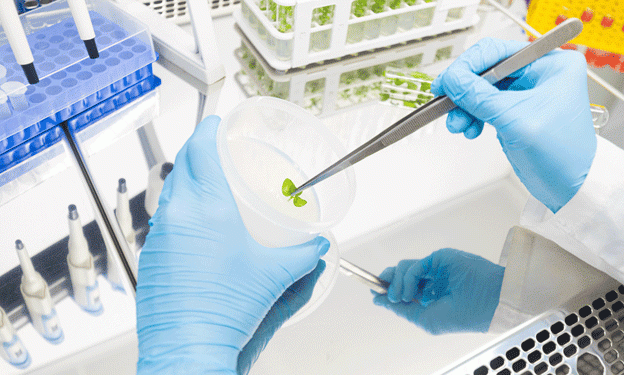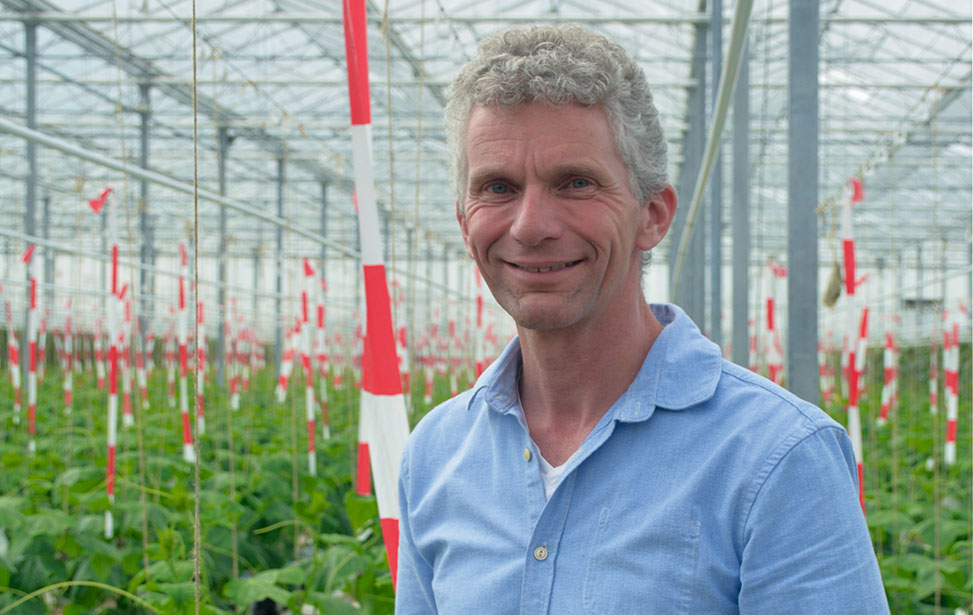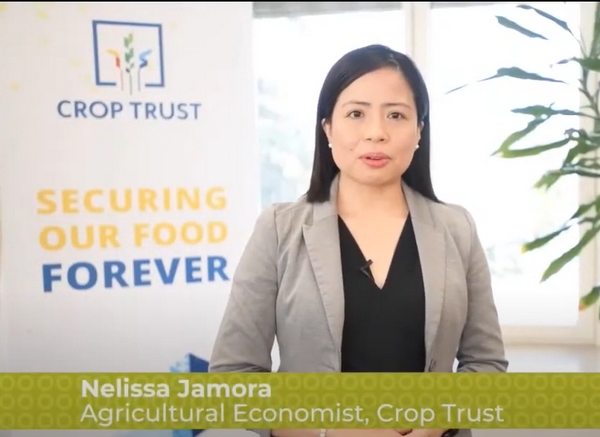Researchers at the Timiryazev Academy have developed an advanced hydroponic method to improve the propagation and cultivation of the Arctic bramble (Rubus arcticus), a valuable northern berry. This approach aims to increase the survival rate of plantlets during the critical transition from in vitro conditions to open soil, thereby facilitating the establishment of productive berry plantations.
Traditional propagation methods for Arctic bramble, such as seed sowing and cuttings, often yield limited plant numbers and face challenges during the acclimatization phase. To address these issues, the Timiryazev team, in collaboration with specialists from “Arkhangelskaya Yagoda,” refined the microclonal propagation technique by introducing a hydroponic adaptation system. This system utilizes horizontal hydroponic setups operating on a periodic flooding regime, replacing conventional soil substrates with sterile expanded clay aggregates. This substitution reduces the risk of pathogen contamination and eliminates the need for substrate sterilization, thereby decreasing overall costs.
The adaptation process involves several stages:
- Initial Transplantation (Day 20): Plantlets are transferred from in vitro conditions to containers filled with expanded clay, grouped without separating individual shoots.
- Secondary Transplantation (Day 45): Each plantlet is then placed into individual containers to promote autonomous growth.
- Final Transplantation (Day 60): After a total of 60 days in the hydroponic system, the well-established plants are ready for transplantation into open soil.
Throughout this period, optimal environmental conditions are maintained: air temperatures of 23–25°C, solution temperatures around 20°C, and relative humidity between 55–65%. The nutrient solution, based on Yara Ferticare Hydro and calcium nitrate, is supplied six times daily and refreshed weekly. This meticulous regimen has resulted in a remarkable 98% survival rate of plantlets during the adaptation phase, with 69% maintaining viability one month post-transplantation into open soil. Notably, the ‘Sofia’ cultivar exhibited superior growth metrics compared to the ‘Astra’ variety, including a 30.3% increase in root count and a 23% greater total root length.
Implementing this hydroponic adaptation system offers several advantages:
- Soilless Cultivation: Utilizing artificial substrates eliminates soil-borne pathogens and pests.
- Space Efficiency: Continuous cultivation requires less physical space, and hydroponic systems are durable and long-lasting.
- Year-Round Production: Controlled conditions allow for uninterrupted plant material production, independent of seasonal variations.
This innovative approach not only enhances the efficiency of Arctic bramble propagation but also contributes to meeting the growing demand for berry products in the food and pharmaceutical industries. Moreover, it promotes the sustainable use of underutilized lands, aligning with environmental conservation efforts.
In conclusion, the integration of hydroponic systems into the microclonal propagation of Arctic bramble represents a significant advancement in horticultural practices. This method ensures high survival rates, robust plant development, and offers a scalable solution for establishing berry plantations, thereby supporting both economic and ecological objectives.











